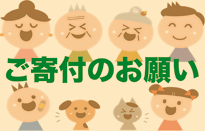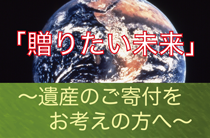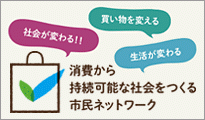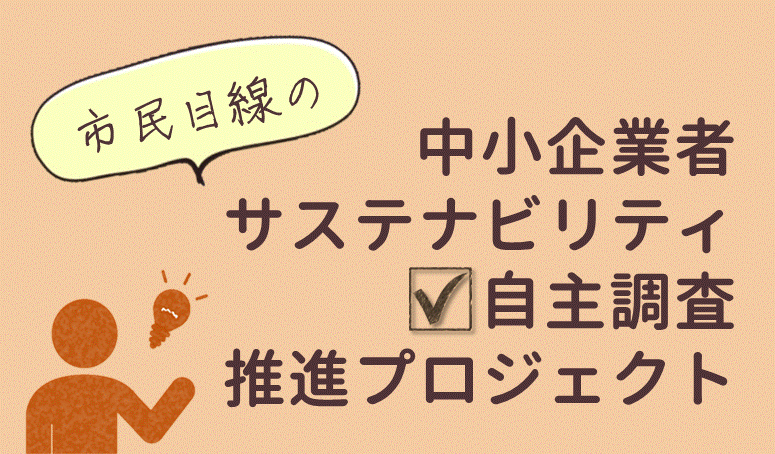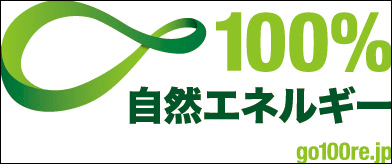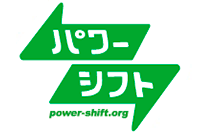21世紀、地球を、地域を、生活を、持続可能な豊かさに
CEF and Citizens’ Media
カテゴリ: CEF English news | 更新日:
As a NGO that strives to work deeply within our community, we here at the Citizens Environmental Foundation have found that a surprising amount of effort goes into just letting everyone know about our main activities. Indeed, the more activities we have organized, the more time we have spent on getting the word out there and garnering public interest.
It’s been that way from the start. Back in the early days of our organization, we started up a free monthly magazine called the “Green Newsletter” with the aim of changing society to be more eco-friendly through citizens’ media.
Looking back over our earliest issue, you can see just how humbly we started. Our first issue came out in 1992 and was patched together with word processors (not computers!), photocopiers and a lot of tape. It was a simple black and white newsletter of 15 pages, with articles on climate change.
Since that October issue, we have managed to keep publishing every month, twenty-two years now without a break, even though we had to struggle along the way. Many of the articles were written by CEF staff but volunteer writers and editors put in countless hours, even though very few of us had any formal training as writers, editors or publishers.
With better technology and more confidence we expanded to a bigger format in 2004 in order to incorporate more photos and larger features. The new style looked great, but it put an even bigger strain on our organization. It was harder to ask academics, activists and leaders of NGOs to write longer features than we had been doing before and it was more work to edit everything together.
So last year we decided to shift formats to maintain a high level of quality while reducing some of the burden on our staff and long-suffering volunteers. We now publish a quarterly magazine in full-color. It has thirty-six pages and about half of that is devoted to the feature story. We still put out our monthly newsletter, but it is a much shorter publication now, mainly concerned with our most recent activities and timely information to share.
The quarterly magazine, just like the previous monthly newsletter, covers a wide range of topics. We print studies done from research labs, interviews with notable activists, introductions to various NGOs in Japan and a host of eco-tips to improve your daily life.
Our most recent issues have dealt with the problems of the proposed Linear Motor Car (Maglev train) and positive change in rural transit systems, but we also have a corner devoted to amazing animal species, so that we remember to appreciate the beauty of nature we are fighting for. The magazine costs ¥500 if your aren’t a member of CEF and it goes to support our activities.
We aren’t just interested in print media, however. CEF was one of the early supporters of radiocafe.jp, Japan’s first NGO radio station, based here in Kyoto. Radio Cafe broadcasts on FM79.7 and hosts a wide variety of locally organized programs with the aim of empowering local citizens’ voices.
When we first began to participate in 2003 our short radio programs were made entirely by staff members, but within a couple of years the interest in our group had grown such that volunteers were eager to take over the production of our weekly show.
At present our show, called CEF’s Eco City Life, is broadcast from 1pm to 1:15pm on Mondays, and you can download a podcast version of it too. The show covers many different topics like our magazine and it has about five or six regular contributors. Recently the show discussed a new NGO called the All Japan Obachan (Auntie) Party, which aims to unite middle-aged women on common causes, especially environmental ones. Another recent program covered the poor environmental review process involved in the government’s attempt to relocate the US military base from Futenma to Henoko in Okinawa, as well as the protests that locals have organized against the unexplained seismic drilling done there.
As our organization has grown over the years, we’ve tried many different kinds of media to help spread our message about sustainable society. At this point it is clear that the future is in social media websites, such as facebook and twitter. That means we have a lot to learn again about how to fit our message into just 140 characters — easy in Japanese, but so hard in English! As always, we’ll do our best to spread the word. Look for us on twitter @kankyoshimin and on facebook at https://www.facebook.com/kankyohsimin.
ーPerrin Lindelauf
・If you have further question on this project, please contact us(life@kankyoshimin.org)

